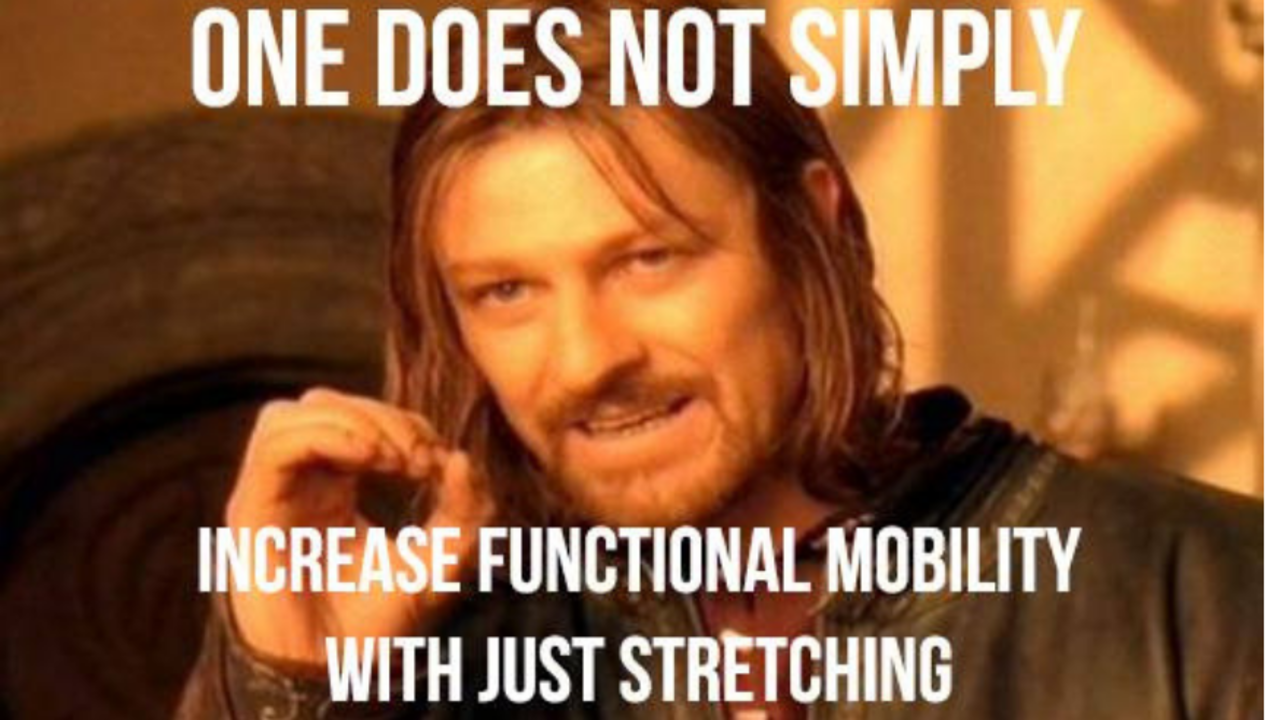Increased Functional Mobility just by Stretching?
Aug 07, 2019
A big issue we see in the health and fitness industry is the assumption that tight muscles always need to be stretched and that tissue stretched or mobilised in one position will correlate with active ranges during movement.
The problem with this idea is that it is purely a mechanical model of thinking and does so without consideration for how the central nervous system controls the structures of the body.
The following study looked at how simple hip mobility drills didn't transfer into functional mobility. http://www.ncbi.nlm.nih.gov/pubmed/23591949%20
The simple matter is if the CNS doesn't feel it has the capability to utilize a range of motion efficiently, it won't allow the body to do so to reduce the risk of perceived injury.
The answer?
If there is an actual limitation in range of motion that is negatively effecting and individuals ability to perform a functional task then any mobility work should be performed in a way that is functionally and proprioceptively authentic to that task. It should look and smell a bit like the thing you're trying to achieve. Also consider well why is there a decreased range of motion, is it a protective strategy to compensate for something else? In which case unless the true cause is addressed first any increases in range of motion addressed will not be utilised by the CNS.
Always use your brain when increasing flexibility
Download Our Measurz App For FREE And Perform, Record and Track 800+ Tests With Your Clients Today.
Want To Improve Your Assessment?
Not Sure If The MAT Data-Driven Approach Is Right For You?
Get a taste of our MAT Course and data-driven approach using the MAT with a FREE module from our online MAT Course.
We hate SPAM. We will never sell your information, for any reason.



